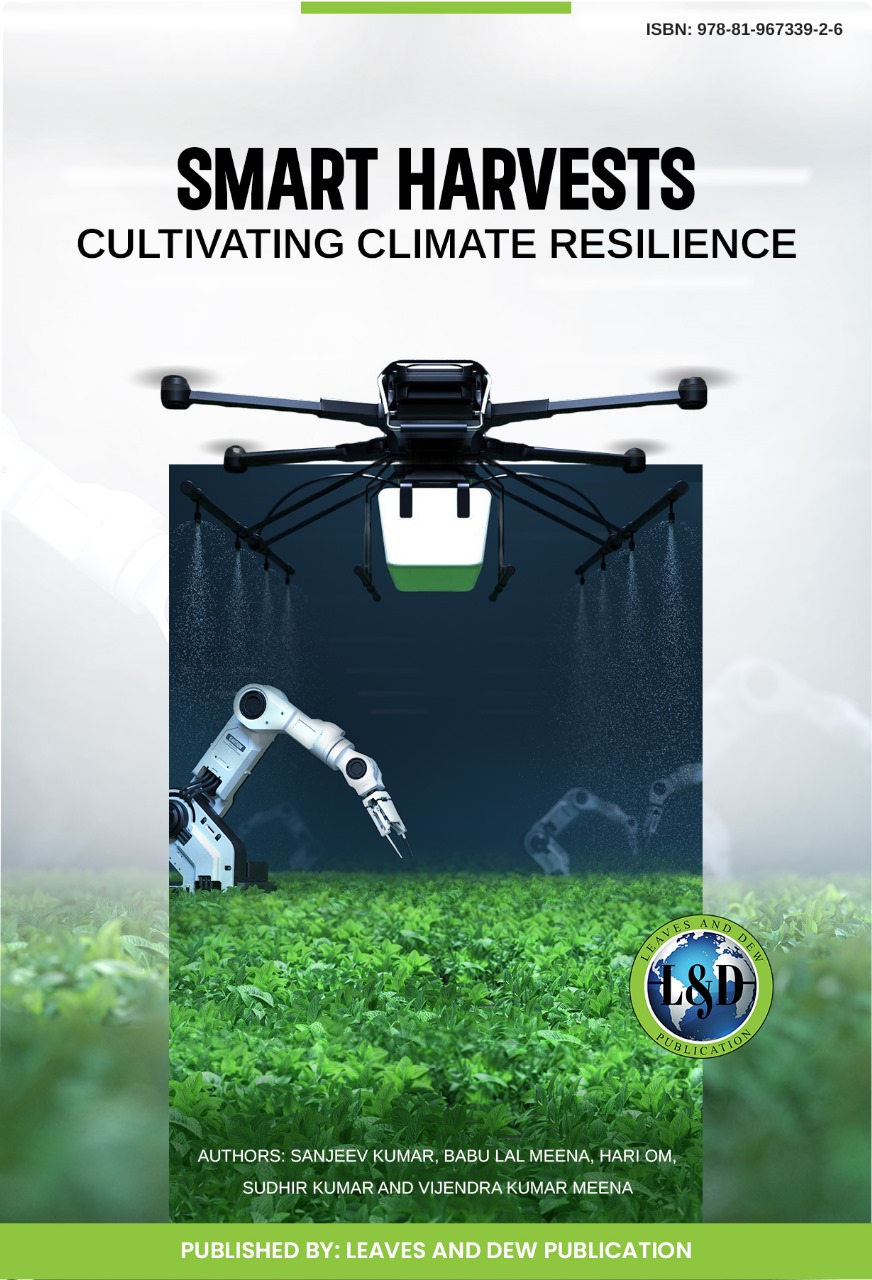Adapting Crop Rotation Techniques to Climate Variability
WRITTEN BY :
Sanjeev Kumar , Babu Lal Meena , Hari Om , Sudhir Kumar , Vijendra Kumar MeenaKeywords
- Adaptive Crop Rotation
- Agricultural Resilience
- Climate Data Integration
- Climate Variability
- Adaptive Approaches
- Soil Management
- Sustainability
- Enhances Rural Economies
- Dynamic Crop Planning
- Multi-Cropping
- Cover Cropping
- Intercropping
- Book: Smart Harvests: Cultivating Climate Resilience
- Pages: 85 - 98
- Chapter DOI: 10.70762/b1c70125
- Publish: 2024
